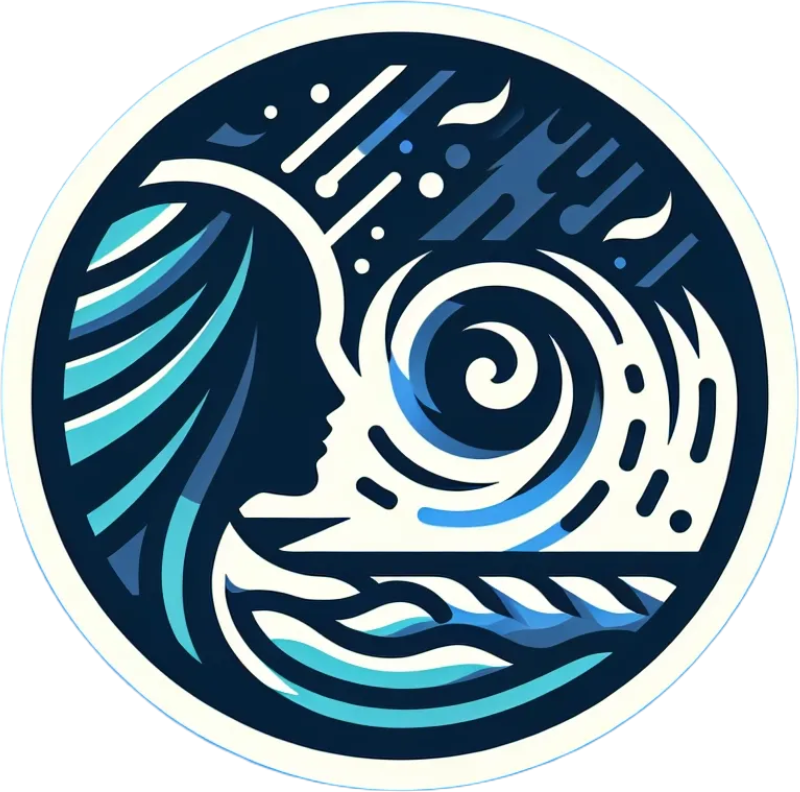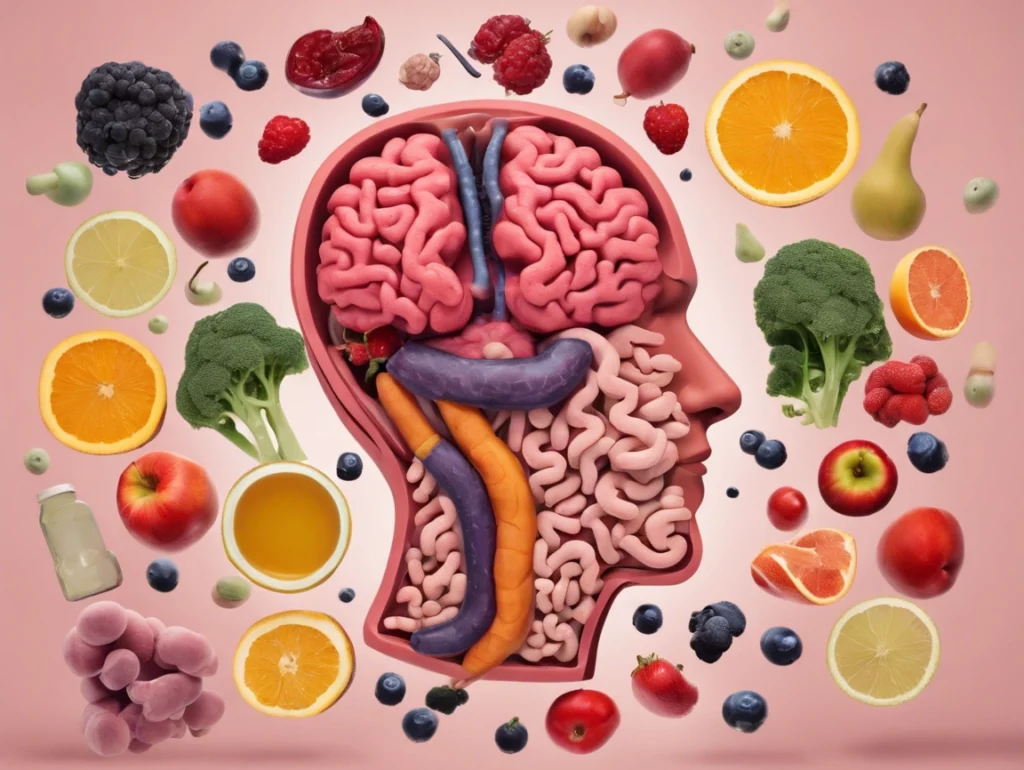In today’s fast-paced world, anxiety and depression are prevalent issues that affect millions of people. According to the World Health Organization (WHO), over 264 million people globally experience depression, while anxiety disorders affect around 284 million individuals (WHO, 2021). At Queting the Storm, we aim to shed light on these topics, helping individuals navigate their mental health journeys and understand the role medication can play in treatment.
Understanding Anxiety and Depression
What is Anxiety?
Anxiety is characterized by persistent worry, fear, and apprehension. It can manifest in various forms, including generalized anxiety disorder (GAD), panic disorder, and social anxiety disorder. Symptoms may include restlessness, rapid heartbeat, difficulty concentrating, and sleep disturbances (American Psychiatric Association, 2013). Anxiety can lead to a cycle of avoidance, making it challenging for individuals to engage fully in life. For instance, someone with social anxiety might avoid gatherings, further isolating themselves and exacerbating their symptoms.
What is Depression?
Depression is marked by a pervasive sense of sadness, hopelessness, and a loss of interest in activities once enjoyed. It can lead to physical symptoms such as fatigue, changes in appetite, and difficulty concentrating (National Institute of Mental Health, 2021). Depression can be triggered by various factors, including genetics, brain chemistry, and life events. It’s important to note that depression is more than just a feeling of sadness; it can significantly impair daily functioning and quality of life.
The Interconnection
Anxiety and depression frequently co-occur, complicating diagnosis and treatment. Studies indicate that approximately 50% of individuals with depression also experience anxiety (Kessler et al., 2005). Individuals suffering from anxiety may find that their worries contribute to depressive symptoms, while those with depression may experience heightened anxiety. This interplay can create a daunting cycle, making it essential for individuals to seek help.

The Role of Medication
Medication often plays a crucial role in treating anxiety and depression. Antidepressants, such as selective serotonin reuptake inhibitors (SSRIs) and serotonin-norepinephrine reuptake inhibitors (SNRIs), aim to balance neurotransmitters in the brain, improving mood and reducing anxiety. According to the American Psychiatric Association, SSRIs are considered the first-line treatment for both conditions due to their efficacy and relatively favorable side effect profile (American Psychiatric Association, 2019).
Medication Best Practices
If you or a loved one is considering medication for anxiety or depression, here are some best practices to keep in mind:
- Consult a Healthcare Professional: Always seek the guidance of a psychiatrist or primary care physician who can provide insights tailored to your specific needs. They can help determine the most appropriate treatment plan based on your symptoms, medical history, and lifestyle.
- Be Open About Symptoms: Communicate openly with your healthcare provider about your symptoms and any side effects you experience. This transparency can help them adjust your treatment plan more effectively.
- Understand Your Medication: Educate yourself about the medication prescribed, including its potential benefits, side effects, and how long it may take to start working. Most antidepressants take several weeks to show their full effects.
- Follow the Prescribed Dosage: Adhere strictly to the prescribed dosage and schedule. Skipping doses or abruptly stopping medication can lead to withdrawal symptoms or a relapse of anxiety or depression.
- Regular Check-Ups: Schedule regular follow-ups with your healthcare provider to monitor your progress and make necessary adjustments to your treatment plan. This ongoing dialogue is critical in finding the right medication and dosage.
- Consider Combination Therapy: Medication is often most effective when combined with other treatments, such as cognitive-behavioral therapy (CBT) or mindfulness practices. Discuss these options with your healthcare provider.
- Be Patient: Finding the right medication and dosage can take time. Be patient with the process, and remember that healing is often gradual.
- Monitor for Side Effects: Keep track of any side effects you experience, and discuss them with your doctor. They may adjust your dosage or switch you to a different medication if necessary.
Alternative and Complementary Approaches
In addition to medication, various therapeutic approaches can help manage anxiety and depression. Cognitive-behavioral therapy (CBT) has proven effective in helping individuals reframe negative thought patterns and develop coping strategies (Hofmann et al., 2012). Mindfulness practices, such as meditation and yoga, can also reduce stress and promote emotional well-being. A study published in JAMA Internal Medicine found that mindfulness meditation can significantly improve anxiety, depression, and pain (Goyal et al., 2014).
Lifestyle Changes
Lifestyle changes, such as regular exercise, a balanced diet, and adequate sleep, play a significant role in mental health. Research indicates that regular physical activity can reduce symptoms of anxiety and depression (Craft & Perna, 2004). Engaging in social activities and seeking support from friends and family can provide a sense of belonging and reduce feelings of isolation. The National Alliance on Mental Illness (NAMI) emphasizes the importance of social support in recovery.

Conclusion
Navigating anxiety and depression is a personal journey that requires understanding, patience, and support. While medication can be a valuable tool in managing symptoms, it’s essential to approach treatment holistically. By combining medication with therapy, lifestyle changes, and self-care practices, individuals can find a path toward healing and resilience.
At Queting the Storm, we encourage open discussions about mental health, breaking the stigma surrounding anxiety and depression. If you or someone you know is struggling, don’t hesitate to reach out for help. Remember, you are not alone in this journey, and there is hope for brighter days ahead.
References
- American Psychiatric Association. (2013). Diagnostic and Statistical Manual of Mental Disorders (5th ed.).
- American Psychiatric Association. (2019). Practice Guideline for the Treatment of Patients with Major Depressive Disorder.
- Craft, L. L., & Perna, F. M. (2004). The Benefits of Exercise for the Clinically Depressed. Primary Care Companion to The Journal of Clinical Psychiatry, 6(3), 104-111.
- Goyal, M., Singh, S., Sibinga, E. M. S., et al. (2014). Meditation Programs for Psychological Stress and Well-Being: A Systematic Review and Meta-Analysis. JAMA Internal Medicine, 174(3), 357-368.
- Hofmann, S. G., Asnaani, A., Vonk, I. J. J., et al. (2012). The Efficacy of Cognitive Behavioral Therapy: A Review of Meta-analyses. Cognitive Therapy and Research, 36(5), 427-440.
- Kessler, R. C., Berglund, P., Demler, O., et al. (2005). Lifetime Prevalence and Age-of-Onset Distributions of DSM-IV Disorders in the National Comorbidity Survey Replication. Archives of General Psychiatry, 62(6), 593-602.
- Lader, M. (2011). Benzodiazepines Revisited—Will We Ever Learn? British Journal of Psychiatry, 198(2), 85-86.
- Muench, J., & Hamer, R. (2010). Adverse Effects of Antidepressants: A Review of the Literature. American Journal of Psychiatry, 167(6), 695-697.
- National Alliance on Mental Illness (NAMI). (n.d.). Social Support and Mental Health.
- National Institute of Mental Health. (2021). Major Depression.
- World Health Organization. (2021). Depression.
By integrating knowledge and resources, we can collectively work toward understanding and alleviating the impact of anxiety and depression. Your mental health matters, and seeking help is a courageous step towards healing.

















